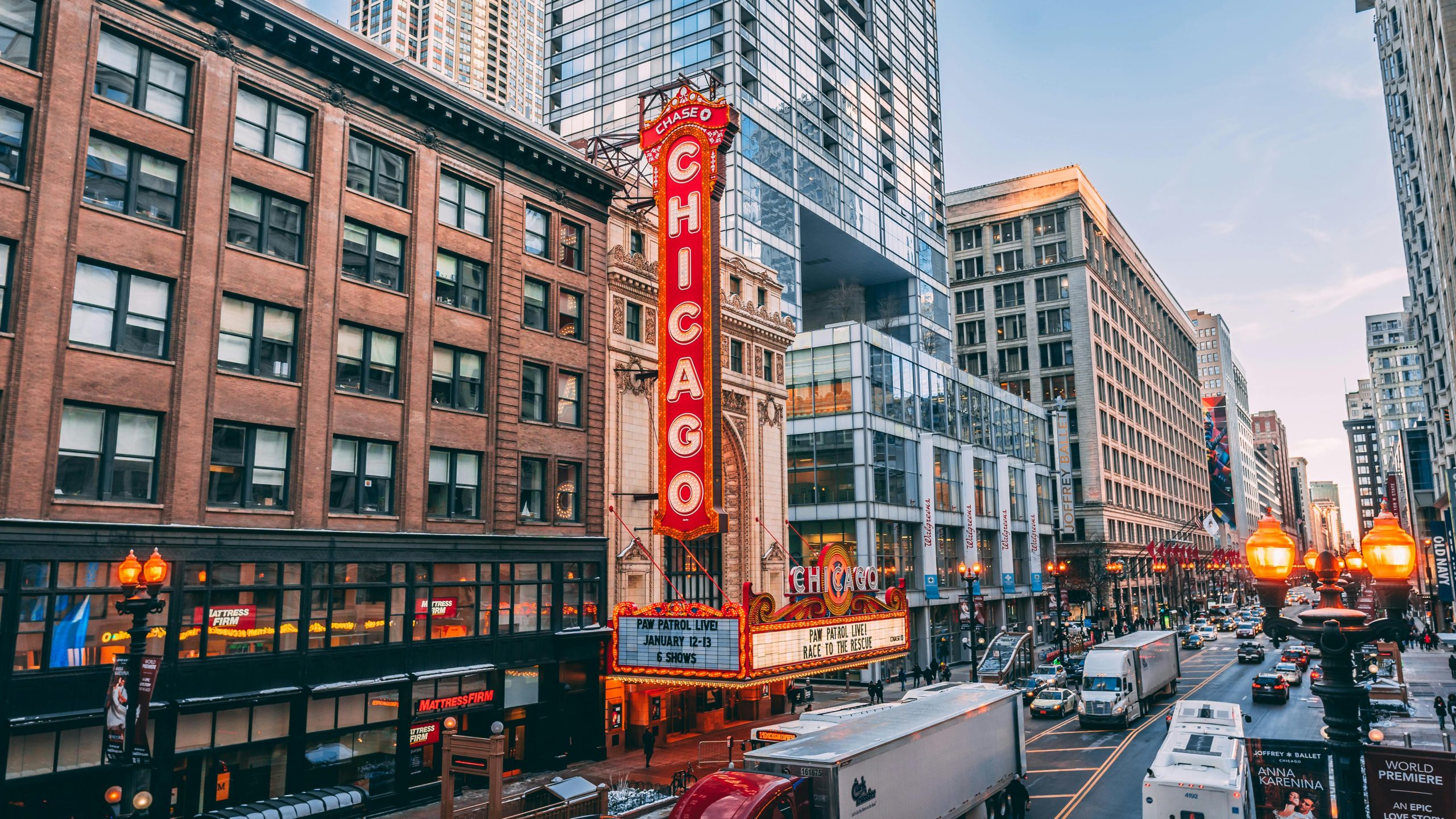Revealing the Grimmer Side of Maine: Unequal Crime Rates Among Scenic Magnificence
Calls for Urgent Action in Maine’s Crime-Ridden Communities
Based on the report of the Southwest Journal, a darker reality hides in the shadows in Maine’s picturesque countryside, where picture-perfect views abound and the aroma of the ocean mixes with the promise of lobster feasts. Though average crime rates in the state are low, particular areas experience a disproportionate amount of criminal activity. Road Snacks systematically analyzes FBI data to reveal the truth: tiny towns face abnormally high incidences of property crimes and violence. Even though Maine isn’t one of the most dangerous states in the country, towns like the one we’re focusing on, with fewer than 6,000 residents, face issues that demand immediate attention. Cries for strong rehabilitation programs and economic growth reverberate through these troubled streets, emphasizing the critical need for assistance and intervention in the face of rising crime.
READ ALSO: Unveiling Washington’s Top 10 High-Risk Areas: A Closer Look At Its Most Perilous Cities
 Ten Maine Spots Where Slumbering Beauty Belies Danger (PHOTO: National Park Service)
Ten Maine Spots Where Slumbering Beauty Belies Danger (PHOTO: National Park Service)
10 Locations in Maine Where Danger Lies Beneath Calm Views
1. Augusta
Augusta, a community with historic sites and a determined effort to revitalize its center, is located in the quiet countryside of Maine. However, Augusta faces a crime problem, with higher than average rates. Situated against a peaceful background, this capital city of slightly under 19,000 inhabitants faces several issues, such as high rates of property crimes, assault, and robbery. Although property crimes are on the rise and violent crimes remain above the national average, the population has been steadily declining since 2009. Augusta’s struggle highlights the challenges of balancing addressing crime issues and rehabilitation efforts, pushing the town toward all-encompassing solutions for a safer and more prosperous future.
2. Houlton
Despite having low unemployment and reasonably priced homes, Houlton, a small border town near the intersection of Highways 1 and 95, has a higher-than-average crime rate. A small spike in 2016 has coincided with a gradual fall in the population since 2011, with major cases of aggravated assault and larceny.
3. Waterville
Waterville faces an alarming fact despite its population growth since 2011: a high crime rate that surpasses the state average in every category, from violent crimes to property crimes. Significantly, a larger percentage of the city’s population than the national average holds a Ph.D., although a sizable number of its citizens make less than $10,000 each year. Because of Waterville’s complicated dynamics and high rate of property crime (2,497 per 100,000 inhabitants), comprehensive methods to manage the city’s crime problems and promote economic equity and community well-being are urgently needed. The gender ratio also favors women.
4. Biddeford
Tucked away in its coastal attractiveness, Biddeford faces a grim reality as one of the nation’s oldest European communities. With the University of New England and the La Kermesse Franco-Americaine Festival, this business center is home to a growing population, but it also has a concerning trend: rising crime rates. Biddeford’s statistics are higher than the state average in property crime, mostly larceny, but violent offenses are still below the national average. The challenges faced by the 21,530-person community highlight the urgent need for focused initiatives to reduce crime while maintaining the city’s rich cultural legacy and thriving economy.
5. Auburn
Auburn, a town in southern Maine that was formerly a hive of shoe manufacturing excellence, has seen a sharp drop from its industrial heyday to now being ranked as the fifth most dangerous place in the state, casting a shadow over its tale. With only 23,455 residents, the city is home to a very small number of people, but one that is alarmingly high for a little town of its size: 46 violent crimes occur there annually. A determined effort to combat crime and revive Auburn’s once-thriving industrial past is necessary since the city’s metamorphosis highlights the intricacies of both societal difficulties and economic upheaval.
6. Bangor
With 32,179 residents, Bangor offers a diverse story tucked away amid its many attractions, which include a casino, museums, and the famous 30-foot statue of Paul Bunyan. Bangor’s dynamic offers are overshadowed by a worrisome crime rate, despite its charming small-town atmosphere. In the third-largest city in Maine, the 63 car thefts and 13 robberies that have been reported in the past year raise serious concerns about public safety. These numbers are exceptional for a city of this size. Bangor’s unique blend of cultural diversity and high rates of crime emphasizes the need for focused measures to maintain community well-being while maintaining its identity.
7. Skowhegan
The Skowhegan School of Painting and Sculpture, the oldest state fair in the country, and the town’s renowned art scene, which is tucked away to the west of Bangor, provide a picture of the town’s rich cultural diversity. But beyond this artistic exterior lurks a sobering reality: a higher-than-normal crime rate, mostly caused by property crimes. For an 8,202-person community, the 226 cases that were reported in the most recent reporting year are concerning. To guarantee that the town’s creative legacy continues to flourish in a safe atmosphere, Skowhegan’s story highlights the intricate relationship that exists between public safety and cultural vitality.
8. Lewiston
Notable for its amenities and diversity of culture, Lewiston is the second-biggest city in Maine. However, it ranks eighth in the state due to a recent spike in crime rates. The statistics in this 36,186-person municipality are higher than the state average in several crime categories, raising worries about public safety.
9. Presque Isle
The city of Presque Isle in northern Maine, which mixes metropolitan conveniences with rustic appeal, has higher-than-average crime rates, especially in the areas of vehicle theft, larceny, burglary, and property crime. In this socioeconomically challenged town of 8,937 residents, worries about public safety continue to exist.
10. Sanford
The potential advantages in Sanford, a growing city in Maine, are overshadowed by the city’s high crime rate. Sanford, which has a population of 21,272, suffers difficulties since it is one of the most burglarized and property-crime-prone areas in the state, with 600 reported crimes, most of which were property-related. Even if it was only established recently, worries about public safety are still present, underscoring the necessity of all-encompassing tactics to deal with crime and provide a safe environment for locals.




